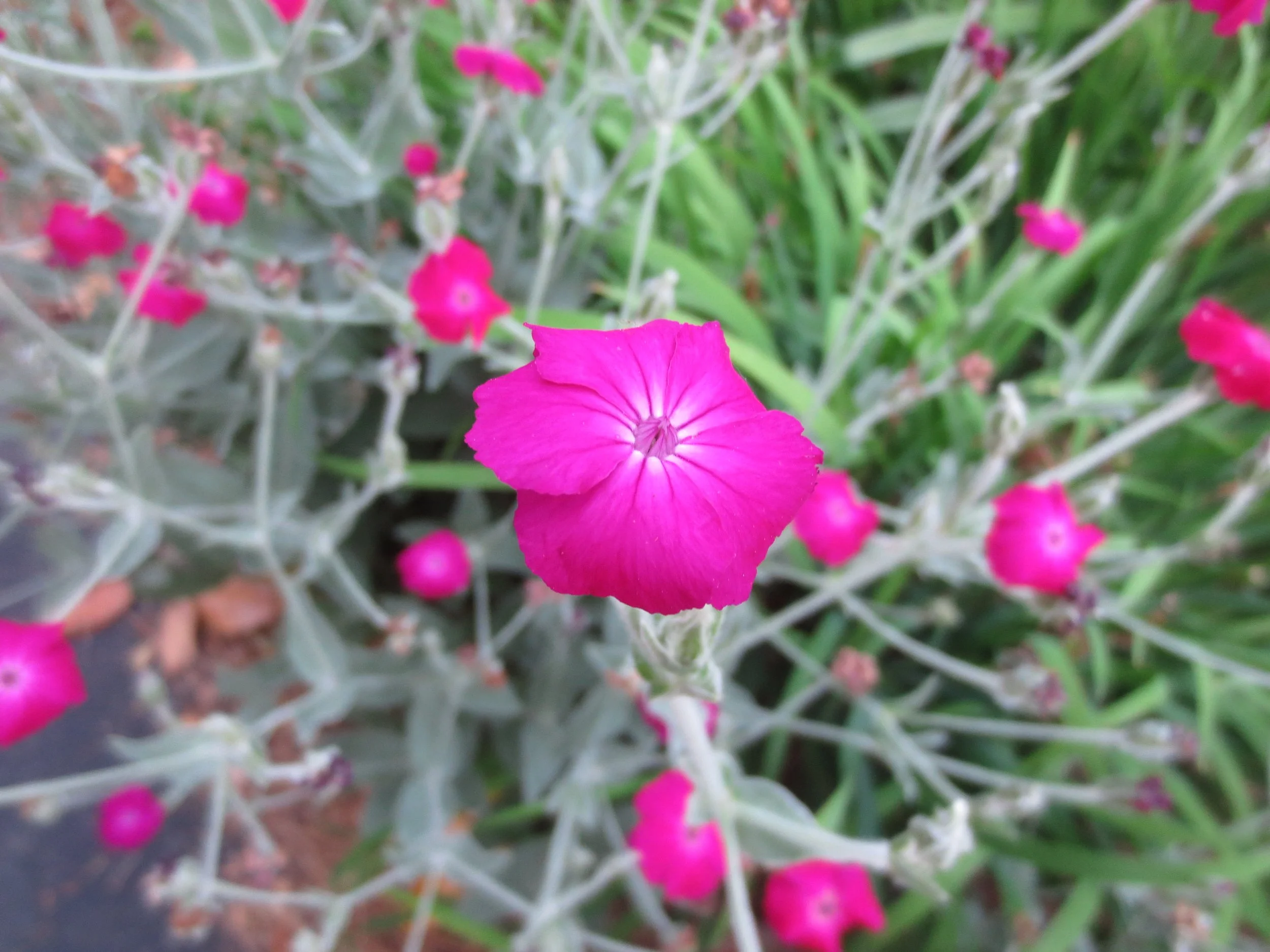February usually has a few unseasonably warm days, teasers for the spring weather that is still weeks away. Use those days to start on spring gardening chores. I once named Valentine’s Day as the target date for pruning my hybrid tea roses and other summer- flowering shrubs. I no longer struggle with roses (beautiful, but too time-consuming and disease-prone in my hot, humid garden) but mid-February is still a good time to consider pruning.
Broken, damaged or crossing limbs can be removed any time of the year. Prune summer- or fall-flowering shrubs (Gardenia, Beautyberry, Crape Myrtle, Butterfly Bush, Tea Olive) in late winter, before spring growth begins.
For shrubs that bloom in spring (Azalea, Weigela, Forsythia, Lilac, Spirea, Mock Orange), wait until after flowering is over, then prune. Any pruning done in late winter will remove dormant buds and eliminate some or all their flowers.
While it is unlikely that you will kill a shrub by poor pruning, it is possible that the result will be so unattractive that you wish the plant would die. Even if you got a pair of shiny new pruners for Christmas, have a specific result in mind (renewal, size reduction, shaping, thinning, increased flowering) before you start cutting. Refrain from mindless trimming.
Select shrubs whose mature size will fit into your border or foundation bed. When I worked in a garden nursery center, a vein bulged in my forehead every time I heard a shopper announce that they were going to purchase a shrub too large for the intended location and say, “I’ll just cut it back every year to keep it small. It will look okay.” Please, I implore you, do not be that person. Because you won’t. In five years, the shrub will either have outgrown its space or its natural shape will be lost by excessive pruning. Butchered plants look horrible.
To obtain privacy from a dense hedge, start pruning when plants are small. Use hand pruners to cut back the tips of each branch. This will make dormant buds along the stems wake up and produce new branches. Repeat this tip removal as needed to encourage additional branching until the hedge is approaching the desired mature size. Informal, loose hedges are easier to maintain than tight shapes, but a sharply-edged hedge gives a lovely, formal appearance. You can use powered (electric, gas, battery) hedge trimmers to trim hollies, boxwoods, Ligustrum and similar shrubs into tight shapes, but always cut at a slight angle so that the top is narrower than the bottom. When done properly, this allows sunlight to reach the lower leaves as well as the upper ones and prevents leaf-loss near the ground. The angle does not need to be exaggerated to be effective – think of the bottom half of the letter A.
Think twice before planning a formal, tightly pruned hedge of Azalea, Forsythia, or Loropetalum. These plants look best when allowed to maintain their open, spreading shapes. Restricting them into a narrow strip will require frequent trimming and result in reduced flowering.
Conifers respond poorly to hard pruning. Yew, juniper, and Arborvitae rarely break new growth from old stems. Light tip pruning is okay. Remove dead or damaged branches; otherwise, leave them alone. For broadleaf shrubs like Aucuba, avoid cutting large leaves. Instead, reach loppers to the interior of the shrub to make cuts, removing entire branches. This will increase airflow and allow sunlight to enter the interior. Boxwoods, a staple of many southern gardens, look their best and are healthier when pruned this way.
Hydrangeas require special attention to pruning. Those that bloom on new growth (‘Incrediball’ or ‘Limelight,’ for instance) should be pruned in winter. Those than bloom on old growth (oakleafs, many of the old-fashioned mopheads) should be pruned immediately after flowering. Some, known as rebloomers (‘Endless Summer’™ types), bloom on both new and old growth. If you plan to add a new Hydrangea to your garden, purchasing a rebloomer will ensure that you still have some flowers if a late freeze zaps buds that have already started to open. What if you don’t know which cultivar of Hydrangea you have? Leave them unpruned one season and pay attention to where the flowers occur. Use this information as your guide for future years.
When using hand pruners or loppers, prune just above a bud. In this case, “above” means between the bud and the tip of the stem (not between the bud and the end of the stem that meets the ground.) Don’t leave too much stem between the bud and the cut, or the stub will die. Don’t cut too close to avoid damaging the bud itself. Make an angled cut near the bud (between the bud or stem). New growth will angle off the pruned branch in the same direction as the bud. See the photos for an illustration.



